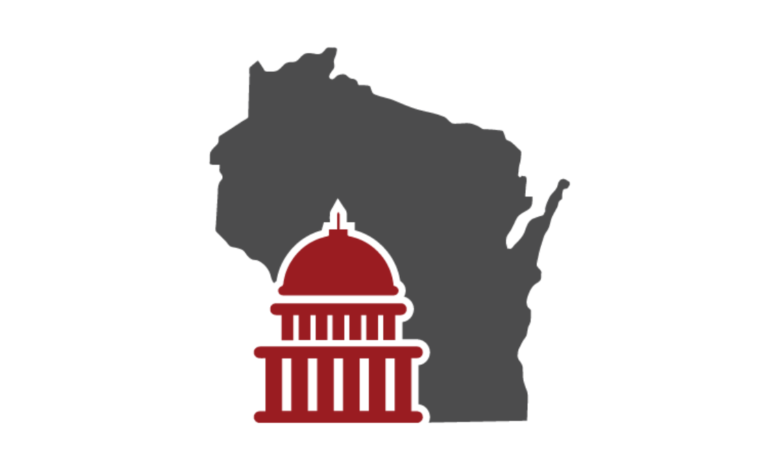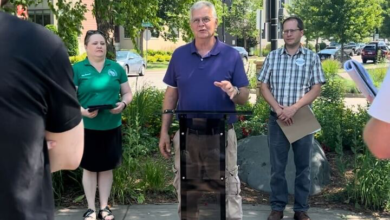Madison must ramp up new home production, infrastructure to match expected growth

The Madison area will need to ramp up efforts to add new housing and expand transportation infrastructure over the coming decades, as the region is projected to exceed 1 million people by 2050.
That’s according to Zach Brandon, president of the Greater Madison Chamber of Commerce. In an interview this week, he said the region is expected to add about 300,000 over the next 25 years, adding to its existing population of nearly 700,000.
“That is expansive growth,” Brandon told WisBusiness.com. “Particularly in a state where, since the pandemic, Madison is growing five times the state average and it’s two and a half times the next county.”
While the region’s growth trajectory is clear, new home construction over the past decade is failing to keep up with projections, Brandon said. The area is currently building about 4% of its existing housing stock each year — an “enviable growth pattern,” he notes, but nowhere near what’s needed in the coming years.
Between 2006 and 2022, Madison underproduced housing to the tune of 13,000 units, according to figures shared by the chamber.
“All of the new people, largely young people, 18 to 26-year-olds that we need to house, and you’re starting at a 13,000 unit deficit, and you’re building a couple thousand new units each year … We’re still not going to close the gap,” Brandon said. “We need to begin by building our way out of the deficit.”
At the same time, rising home prices are outpacing wage growth, driving more residents into rental properties. Brandon warns Madison “risks becoming unaffordable” for the average worker in the near future, arguing “that’s something we’ve got to move fast on.”
Meanwhile, Brandon says Madison will need to “lean into bus rapid transit” as one solution for expected traffic challenges as tens of thousands of additional vehicles will be using local infrastructure. But he says “a lot more work” will need to be done on this issue, pointing to other cities whose recent history could provide a roadmap for navigating Madison’s future.
“I think Austin and Nashville are perfect examples … they’re a few decades ahead of us and they’ve gone through their explosive growth, but one of the challenges they both have is they never got a handle on their transportation infrastructure … not waiting for these things to happen to us, but instead getting ahead of them and to drive them to our benefit,” he said.
The Greater Madison Chamber of Commerce last month held its annual dinner event, highlighting these and other challenges, as well as opportunities presented by further innovation in the technology sector. Brandon expects more tech companies to flock to the area while existing businesses continue to grow, putting further emphasis on tech-related jobs and skills.
Behind Seattle and the Bay Area, Madison is consistently ranked No. 3 in the country for the concentration of tech jobs, he said.
“No city in the Midwest is growing as fast as we are; we’re now the 15th largest city in the Midwest, and the type of jobs that are moving here and developing here are things that you normally see on the coasts,” Brandon said.
He also highlighted a number of talent-related projects happening in Madison. These include:
- BeMadison.com, a talent recruitment website that promotes the region and leverages virtual reality technology to give anyone in the world the experience of visiting Madison. The site also includes recruitment resources available to chamber members at a certain level.
- The Make Madison website, a multicultural talent recruitment project that puts a spotlight on the region’s diversity and related success stories.
- A promotional video that companies can embed on their websites, which also gathers data to help the chamber track who’s being exposed to this message.
- The Next Normal community-wide business survey, aimed at understanding the future of work, real estate and challenges local companies are facing. Responses have been gathered and results are being released next week.
While the chamber’s efforts are centered around south central Wisconsin, Brandon says the opportunity for nearby communities and others in the state are substantial. He argues what works in Madison can work in Milwaukee, or Appleton, or Eau Claire.
“Madison’s economy thriving means that the Wisconsin economy will thrive … We don’t see this as a zero-sum game,” he said. “We see that everything that we have learned over the last decade can and should take hold throughout Wisconsin.”
Source link




